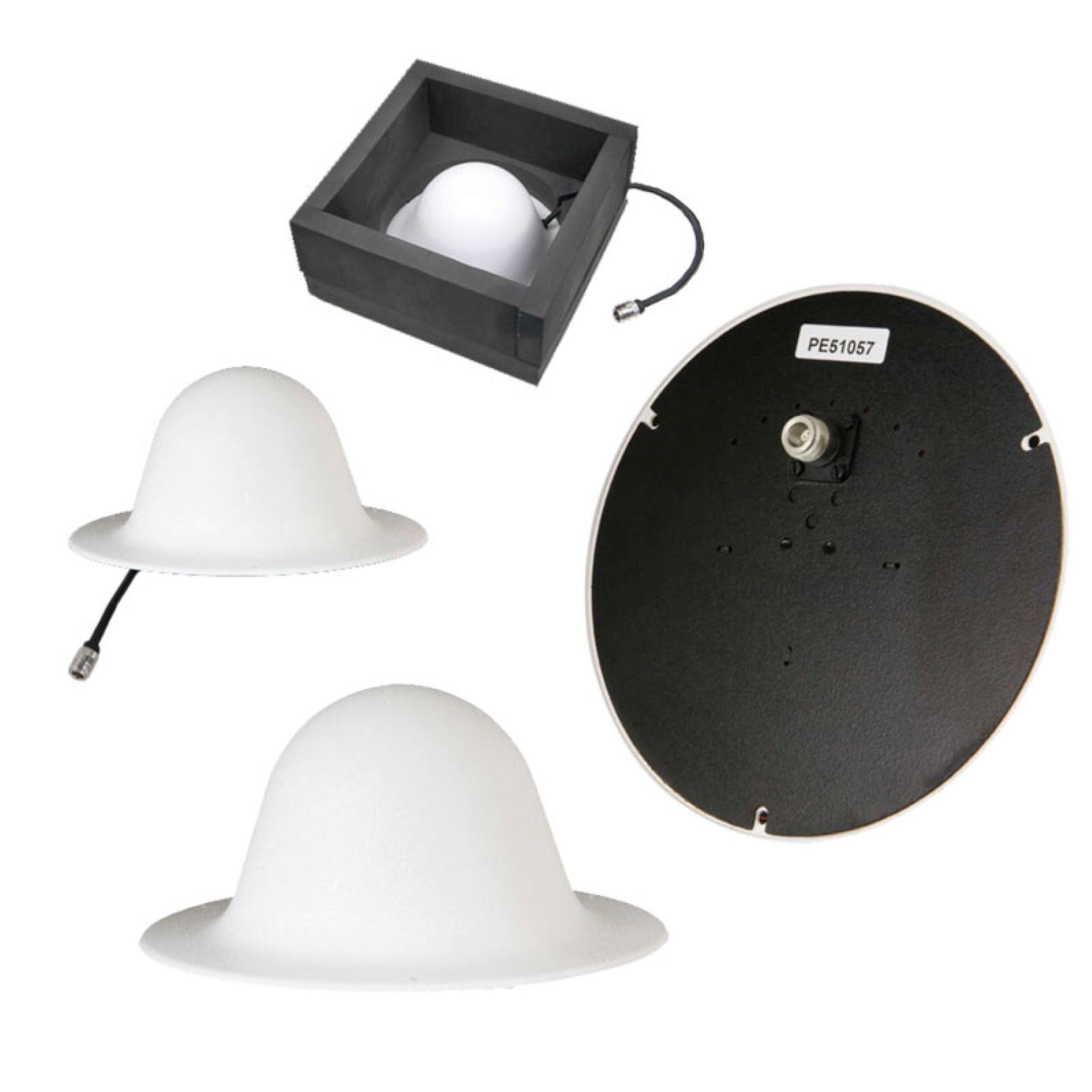NOAA Funds ASTRA Study to Define Future Weather Satellite Constellation

LOUISVILLE, Colo., June 24, 2020 /PRNewswire/ — The National Oceanic and Atmospheric Administration awarded Atmospheric & Space Technology Research Associates (ASTRA), LLC a six-month contract to design a constellation of low Earth orbit (LEO) CubeSats able to meet the agency’s future global weather data requirements.

Part of NOAA’s initiative to advance the capability of its Geostationary Operational Environmental Satellite-R satellite series, the agency seeks next-generation weather satellite systems from various orbits. For the geostationary (GEO) orbit, ASTRA will provide a study on GEO-utilization of Common LEO Architecture for Weather (G-CLAW) for imager- and sounder-based mission architecture and constellation design to provide NOAA with novel weather imagery and data.
“As an industry leader in space science technology and research, ASTRA is proud to be chosen by NOAA to provide a next-generation LEO constellation architecture study that delivers a sustainable and cost-beneficial platform in support of NOAA’s mission to understand and predict changes to climate, weather, oceans, and our coastlines,” says Bill Baker, ASTRA Senior Vice President of Data Solutions.
With support from Science and Technology Corporation and Lockheed Martin, ASTRA will study a common 12U satellite approach, hosting a suite of infrared and microwave sounders, a GPS/GNSS sounder, and imager concepts that meet the mission requirements and standards for NOAA.
“Data generated by satellite imagers/sounders in LEO and GEO orbits fuel NOAA’s weather models and real-time forecasting capabilities, ensuring that the nation’s decision makers have highly capable systems able to support critical decisions,” says Dr. Scott Jensen, project principal investigator and ASTRA’s Sr. Vice President for Technology. “ASTRA looks forward to providing NOAA with our G-CLAW study showing how a LEO constellation architecture may be used to meet LEO/GEO data needs and the agency’s mission requirements for its next-generation satellite systems.”
About ASTRA: Atmospheric & Space Technology Research Associates (ASTRA) was born out of the vision for applying fundamental space physics knowledge to real-world problems. Founded in 2005, ASTRA is a leader in the “New Space” small satellite industry. We leverage our scientific and engineering expertise to develop unique solutions to address complex space physics disciplines, instrumentation, modeling capabilities, and data analytics; ASTRA turns science into data, data into knowledge.





